Today we’re going to pitch the old Canon EF 85mm f/1.2L II USM lens against the new Canon EF 85mm f/1.4L IS USM lens, to see if it’s worth trading in the old lens for some shiny new glass, even with one-third of a stop smaller aperture. I also hope that this will give you an idea of the quality of the new lens, regardless of how it compares to the old lens.
The angle I’ve taken for this review is that an L lens from Canon lens being tack-sharp when stopped down to say f/5.6 or f/8 is pretty much a given these days, and therefore not really worth spending much time on. Conversely, the beauty of Canon’s wide aperture lenses is that you can shoot with them wide open and still expect great results. However, the depth of field that you get with these lenses at f/1.4 is incredibly shallow, and so my test shots are mostly wide open, both to show you how they perform, but also to show you what you can expect in terms of depth of field should you shoot with them wide open.
A Bit of Background
To give you a bit of background on my use of the 85mm Mark II lens, I bought mine back in 2007, one year after it was released, and have used it on and off ever since. I must admit, there have been long periods when I simply didn’t use it, mostly because much of the work I’ve been doing has been overseas, and for many years my kit was so heavy that it really wasn’t possible to take any more lenses, so it stayed at home. I actually have a rule that if I don’t use a piece of gear for more than a year, I sell it, and have over the last eleven years sold many lenses and old bodies as I’ve upgraded to new versions or bought new kit. But, despite not using the old 85mm f/1.2 lens, I could never bring myself to sell it. It was just that good.
It wasn’t perfect mind; for example, the autofocus was incredibly slow. Probably the slowest autofocus on any lens I’ve ever used. Not quite as big a deal, but when I heard that Canon was going to release an updated 85mm lens, I was happy to note that it had Image Stabilization. I can’t recall now if I had any information on autofocus speed improvements, but at this point in time, I couldn’t imagine Canon releasing a lens without really snappy autofocus, so I ordered a copy of the 85mm f/1.4 lens as soon as it was announced last year.
You might wonder why I bought another 85mm lens when I wasn’t using my old one very much, but the main reason is that this is a great focal length for portraiture, and I do most of that these days on my tours overseas, and quite often in dark places, such as down a well or in a dark adobe building in Morocco last year, or of the Himba people in their huts in Namibia, and even though I might stop the lens down a little bit for greater depth of field, you can simply see more through a wide aperture lens, and of course, it is nice to be able to open the aperture up a little when necessary too.
The other big factor is that the weight of the gear that I’m traveling with is less now than it has ever been. I’ve replaced a number of lenses with fewer lenses, and they are pretty much all smaller and lighter, meaning that I can do most of my overseas travel now with an 18L backpack, and even that has plenty of room for an extra lens, which is why and how I was able to pack the new 85mm lens for my recent Namibia tour.
Weatherproofing
Another very important factor for me is that the 85mm f/1.2 lens is not weatherproof. Many people think that all L lenses are weatherproof, but that’s not the case. The new 85mm f/1.4 lens, however, is weatherproof. I wouldn’t like to take a lens like this to Africa, be it Namibia or Morocco, without weatherproofing, as the dust and sand get just about everywhere. I’m careful with my gear, but when it comes to getting a shot, I don’t want to be worrying that I might get dust in my lens, or moisture if it’s raining. This, in fact, is the only thing that I dislike about my 5Ds R bodies; they aren’t weatherproof. They have some weather sealing, but it is not like the Canon 1 series bodies that you can literally hose down if necessary.
Autofocus Improvement
I am also pleased to report that the Autofocus on the new 85mm f/1.4 lens is incredibly fast. It’s what you’d expect for a prime lens. You don’t even notice any lag when you press the AF button; it just snaps in immediately. This was really nice to see and removes the only frustration that I had with the old 85mm lens. I’m also happy to report that I have not noticed any focusing errors, such as the dynamically shifting back-focus tendencies of the Canon 50mm f/1.2 L lens that I wanted to love, but not with the problems caused by its by-design crappy focusing. There’s none of that happening with the 85mm lenses.
Specs Comparison
Before we jump in and look at the results of some of my tests, let’s compare a few of the key specifications of the old and new 85mm lenses. Firstly, the original 85mm f/1.2 lens was released in 2006, so it’s twelve years old at the time of writing (July 2018) compared to the new 85mm f/1.4 lens which was released at the end of 2017, so I’ve now owned the new lens for six months. I would have liked to have done this review sooner, but my winter tours had a hold of me, and I didn’t really get a chance to use the new lens until my Namibia tour last month.
Closest Focusing Distance
Another problem that I had with the old 85mm lens was that it’s closest focusing distance was pretty long at 95 cm or 3.2 feet. I was happy to see that the new lens focuses 10 cm closer at 85 cm, or 2.79 feet, but I must admit I’d have really liked to see this brought in a little more. The 10 cm is better than nothing, but when we consider that lenses like my 24-105mm f/4 lens can focus as close as 45 cm or 1.7 feet, almost half, that’s the sort of distances that you get used to. Of course, I’m sure Canon would love to make the minimum focus distance closer too, but I’ll bet it’s the super large apertures that make it physically impossible for them to improve on the current design.
In practical terms, the difference between the minimum focus distance of the old and new 85 mm lenses doesn’t give us the ability to magnify our subject by very much more. Here, in fact (below) is a photo of my old Canon AE-1 camera shot with both lenses at their closest focus distance. The smaller camera is from the old 85mm I measured it as taking up 38% of the frame, compared to the larger semi-transparent camera, from the new 85mm at it’s closest focus distance, which takes up 45% of the frame, so we’re talking about a 7% increase in magnification between the two lenses closest focus distances.
In fact, as we’ll see shortly, the new 85mm actually magnifies the subject slightly more than the 85 mm f/1.2 Mark II did, so not all of this 7% is coming from being able to focus at a closer distance, but let’s look at some more specs first.
As you can see in the next image (below) the new 85mm lens, at 4.1 inches or 105.4 mm, is slightly taller than the old one, at 3.6 inches or 91 mm. But the new lens weighs 75 grams less, at 950 grams, compared to 1,025 grams, or 33.5 ounces compared to 36.2. That’s not a huge difference, and the new lens is still a pretty hefty chunk of metal and glass, but any reduction in weight is welcome as it becomes more and more difficult to fly overseas with our gear.
Another nice advantage of the new lens while we’re comparing their looks, is that the new lens has a much shallower hood, making them in fact almost the same length with the hoods attached, as you can see in this next image (below). The old hood had two buttons to release it and just clipped into place without any twisting, while the new hood has one locking button, but is a twist action.
The lenses have completed redesigned optics of course, with the old 85mm f/1.2 II lens made up of 8 elements in 7 groups, compared to the new lens with 14 elements in 10 groups. Another nice bonus for me at least is that the new lens has a 77mm filter thread, which is the same as my other lenses, and therefore allows me to carry fewer filter variations. The old lens has a 72mm filter thread and is now the only lens that I own with this thread size.
In case you are wondering just how much bigger the lens elements of f/1.2 aperture lens is compared to the f/1.4 model, here is a photo showing them both from the end, and it’s easy to see that the old model is a fair bit wider. If we do the math, literally dividing 85 by 1.2 we find that the old lens had to have at least a 70.8 mm opening for the light to travel through, and for the new one, dividing 85 by 1.4, we get 60.7 mm, so that third of a stop reduction in the aperture saved canon 10.1 mm in the diameter of the lens elements.
Specs Variance?
According to my tests, I’ve found that the new 85mm is actually a slightly longer focal length than the old f/1.2 Mark II model. I measured the distance between the two sharpest lines of text in this photo of an open book, and found that it was 69.5% the width of the frame in the new 85mm f/1.4 lens, compared to 66.8% of the frame with the old 85mm f/1.2L lens, and both images were shot with the camera on a tripod, not moving at all between the two photographs. That’s a 2.7% magnification in the new lens over the old one.
To see the difference for yourself, click on the images to open them in the lightbox, and then navigate back and forth with your mouse or swiping on a tablet. If the fades transition makes it difficult to tell the difference, feel free to save the images to your desktop and flick back and forth between them on your own computer. Now, although I know that this kind of variance in the spec of our gear annoys some people, personally, I don’t really care about such small variances, but I wanted to point it out so that you know what you are getting if this is important to you.
0.4 Stops Darker when Wide Open
As you flick back and forth between these two images, you’ll also notice that the new 85mm lens is also approximately 0.4 stops darker and has a stronger vignette than the old lens at the same aperture. I should mention though, that if this vignette bothers you at all, it’s easily removed in post-processing. In Capture One Pro, both lenses have lens profiles available, and if I add 100% Light Falloff correction, the vignette disappears and in fact, the entire image looks very similar to the old 85mm lens images in terms of overall brightness.
Evens Out Stopped Down
I should also mention that the darkness that we see in the f/1.4 lens over the f/1.2 lens is only really noticeable from around f/2 and wider apertures. From f/4 there’s hardly any difference, and from f/5.6 it’s hardly noticeable at all, as you can see in these two images. Grab the vertical bar in the middle of the image and slide if left and right to compare the two images.
[twentytwenty]
[/twentytwenty]
Sharpness Comparison
I actually shot the photos of the book so that we could take a look at a 100% crop of an image from each of these cameras to see how sharp they are wide open. Because the old lens goes a third of a stop wider than the new 85mm f/1.4 lens, I shot both images at f/1.4 so that we’re comparing apples to apples. You should see a handle over the image that you can slide from side to side to directly compare the images from each lens. Again, the camera was not moved, I just switched the lenses out and focused on the same word.
[twentytwenty]
[/twentytwenty]
I can see a slight cyan tint in the text above the sharp area, and a slight magenta tint in the foreground text, on both images. The line that is sharp is definitely sharper in the new 85mm f/1.4 lens image though, despite this being shot completely wide open at f/1.4, and that’s pretty impressive. Also, just to reiterate what I said at the start, you can easily see from this image just how shallow the depth of field is when shooting at f/1.4.
Color Comparison
I shot the X-Rite Digital ColorChecker SG card with both lenses as well, and so that we can continue to get an idea of the difference in the lenses wide open, I set both lenses to f/1.4, and as with the previous photos of the open book, I was using a studio strobe to light the target, so the light source was the same for both images. You should be able to see a handle in the middle of the image (on the blog) that you can drag from side to side to check the difference between the two images. I have turned on the Light Falloff correction for these two images too, so that you can see how much difference that makes. You’ll probably be able to tell that the f/1.4 lens is still very slightly darker, but there is no real difference between the color with either lens.
[twentytwenty]
[/twentytwenty]
I have cropped the f/1.2 lens shot slightly so that they are approximately the same size, but you will also probably be able to see that there is a bit of barrel distortion in the old lens, and there is actually just a tiny bit of pincushion distortion in the new 85mm f/1.4 lens. So neither lens is perfect, but there’s definitely less pincushion distortion in the new lens than there was barrel distortion in the old one.
Scary Dislodged Lens Elements
One thing that also I’d like to mention before we start to wrap this up, is that when I got home from Namibia, as I unpacked my gear to clean it and put it away, the new 85mm f/1.4 lens was rattling as though it had been given a nasty knock and something had broken inside. I took both the front and back lens caps off and had a look through the lens, and sure enough, it looked as though one of the lens elements had broken free of its housing, and this scared the heck out of me at first.
I take out overseas insurance for my gear before I travel so it wasn’t such a big deal, but it doesn’t feel great to have a piece of gear break. To ensure that it was actually broken, I put the lens onto a camera body, and as I looked through the viewfinder and half-pressed the shutter button, the Image Stabilization kicked in, and I literally watched the dislodged lens element slide back into place. I gave the lens another shake, and it had stopped rattling!
I went online and found that it’s actually not uncommon for Image Stabilization lenses to come l0ose like this, especially after being transported around. And, when I consider how much my camera bag had been bounced around on some of the dirt roads in Namibia, it’s hardly surprising that the IS lens elements had come out of their locked position. I have not sent the lens in for repairs, as I don’t think it needs anything doing now, and in case you were wondering, yes, the test shots that I’ve shared today were all made after this incident, so if there is anything wrong with my lens, I can’t tell.
Conclusion
All in all, I’m very happy with the new 85mm f/1.4L IS USM Lens from Canon. It’s not one of my workhorse lenses, so it’s certainly a bit of a luxury for me to own, but I can tell you, it was really nice to be able to see through the lens so well inside the dark huts in the Himba Village last month, even though I stopped the lens down to f/4 for this portrait (and f/5 for the one above). The image quality is everything that I’d expect from a modern Canon lens and more. I hope you’ve found this review and comparison useful. If you decide to buy a copy yourself, please use our affiliate links if you buy from our friends at B&H, and that will help to support the Podcast and blog without costing you any more money.
It Worth Upgrading?
If you own the original f/1.2 Mark II lens, and you are wondering whether or not to upgrade, personally, I would. In fact, I did. As usual, this post is not sponsored in any way, and I received nothing from Canon or B&H or anyone else to enable me to create this review or otherwise compensate me for it. I bought the lens with my own money, at the full going price, so I’ve already voted with my dollars (or yen in my case).
I do honestly believe that it’s worth the upgrade, especially if you can get a reasonable part-exchange deal on your old lens. The image quality increase alone makes it a no-brainer for me, but the lighter weight, slight decrease in bulkiness, the weatherproofing and the addition of Image Stabilization are all very nice added bonuses. These things give me the confidence to take this lens anywhere, and hopefully continue to make some beautiful portraits with it.
Show Notes
Get your 85mm f/1.4L IS lens from B&H here: https://mbp.ac/85mmIS
Subscribe in iTunes for Enhanced Podcasts delivered automatically to your computer.
Download this Podcast in MP3 format (Audio Only).
Download this Podcast in Enhanced Podcast M4A format. This requires Apple iTunes or Quicktime to view/listen.

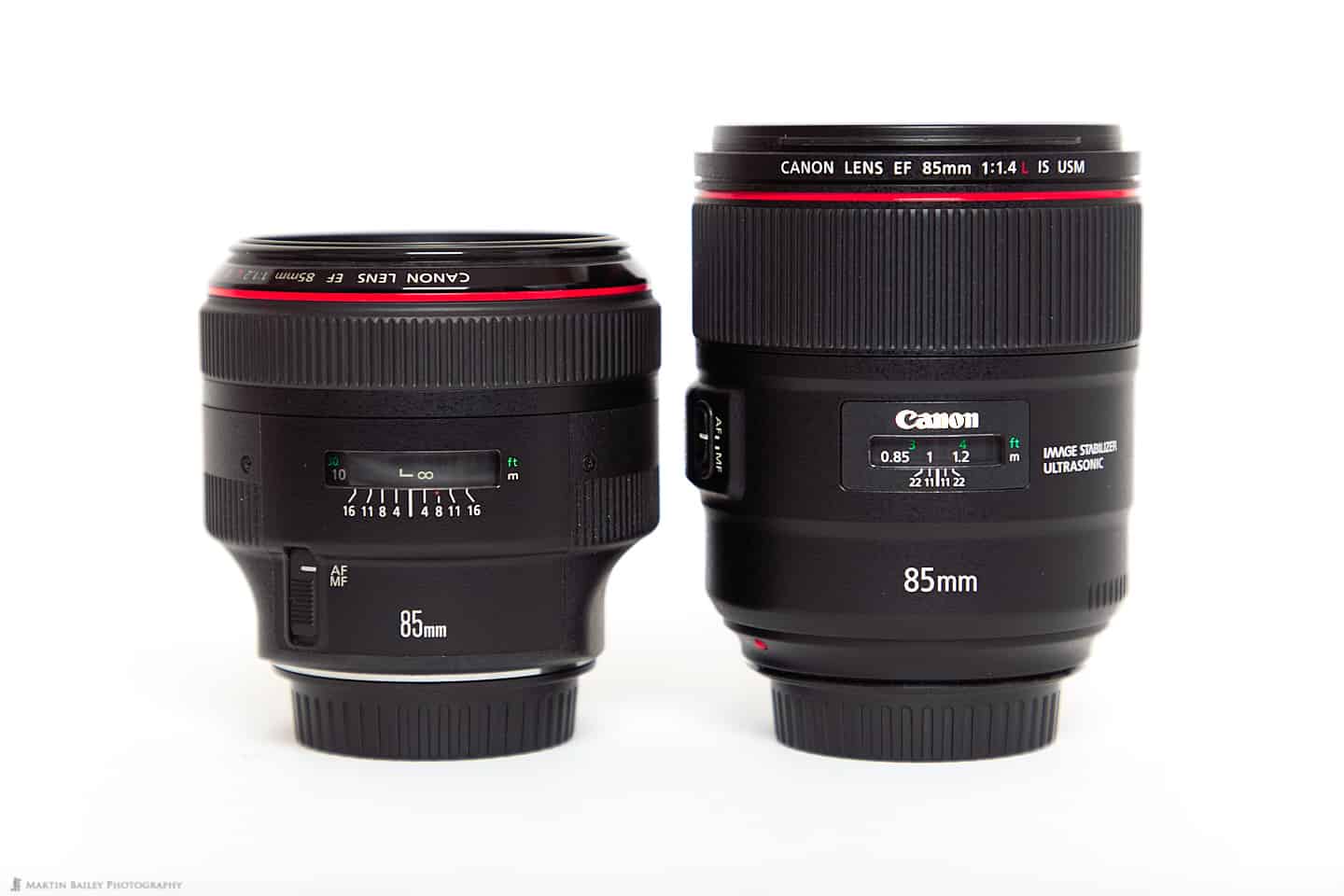
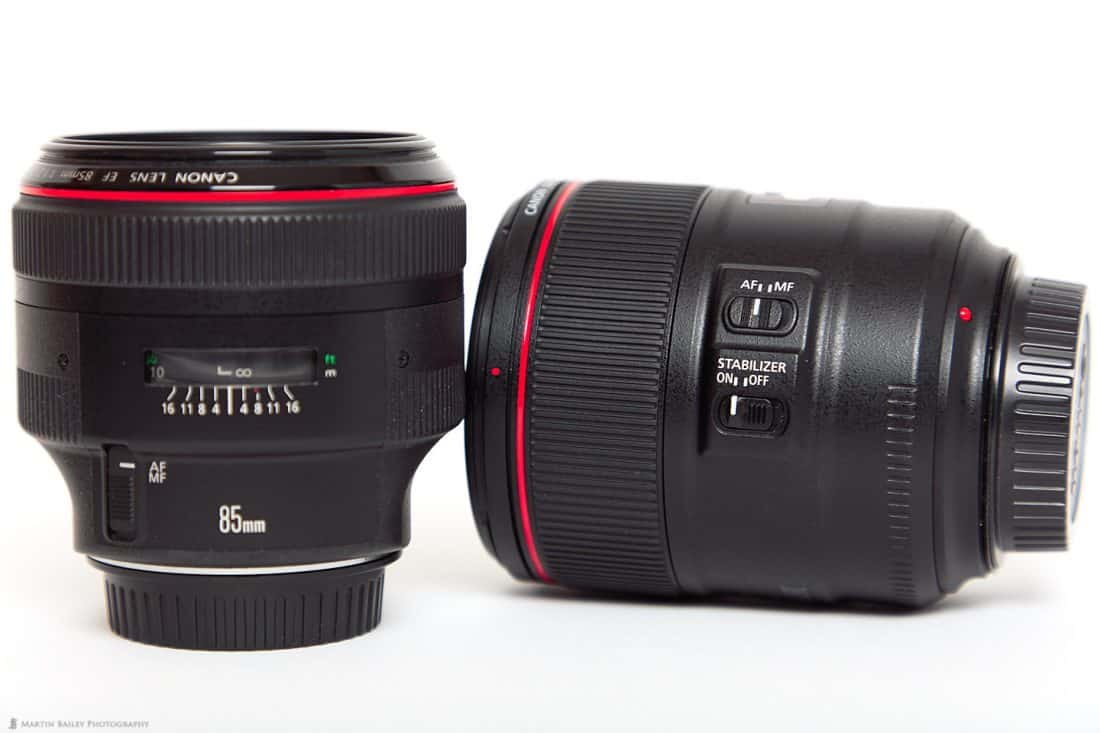

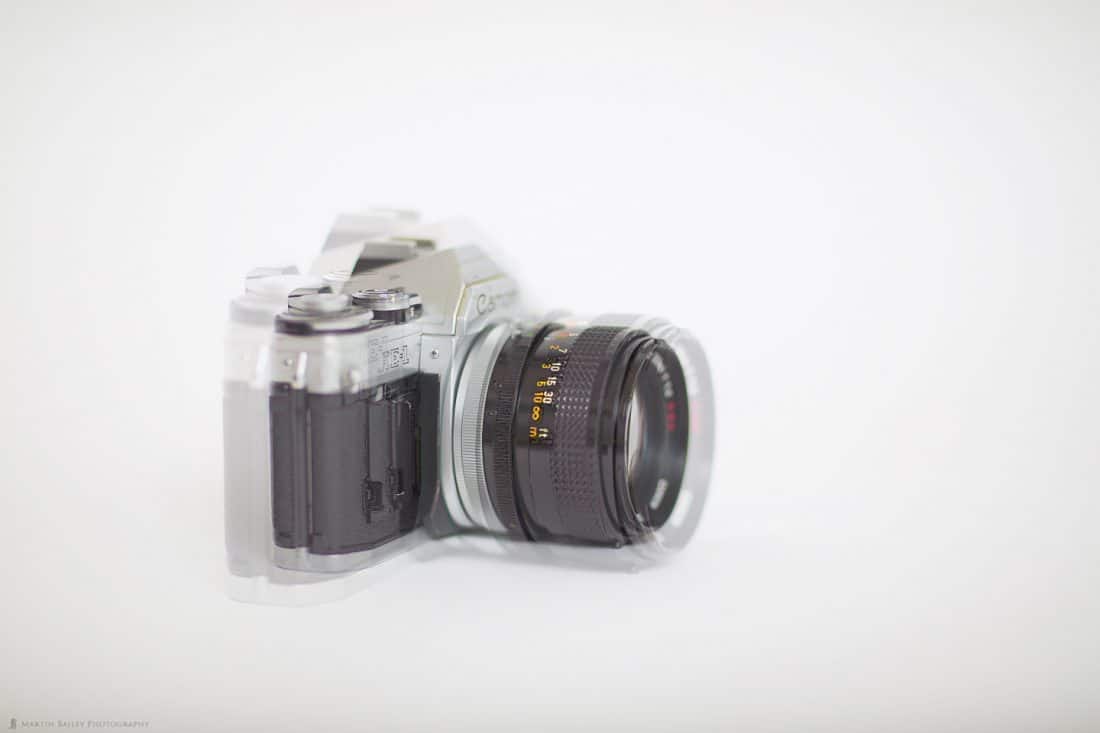

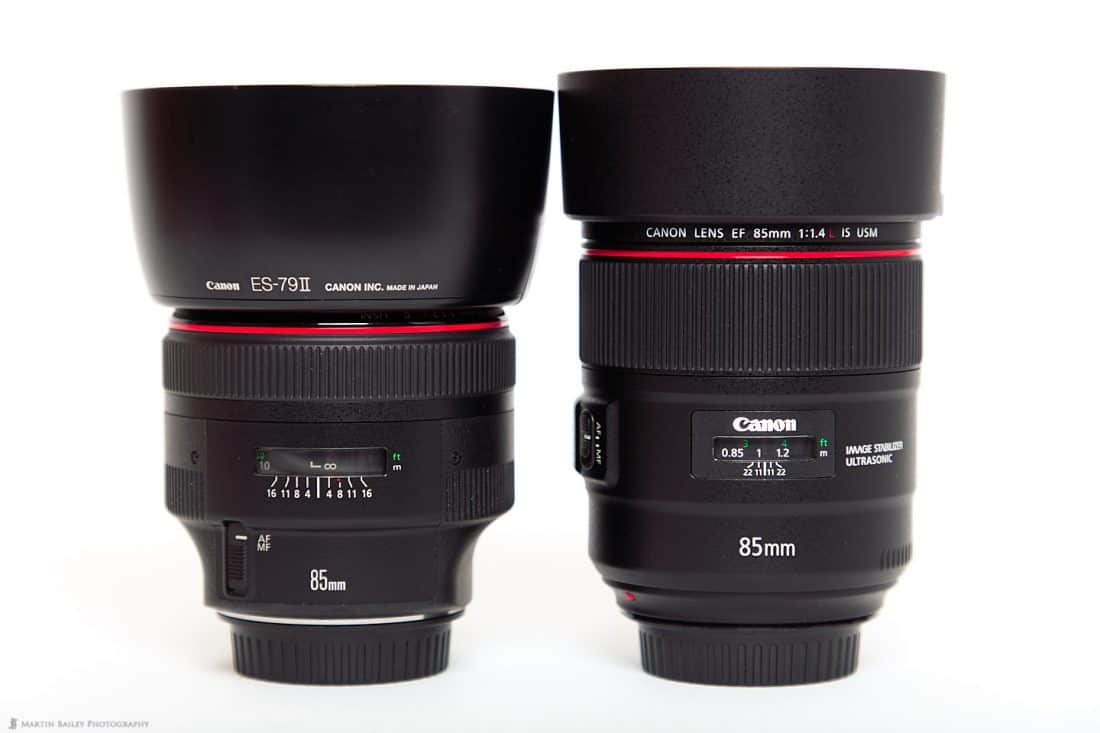
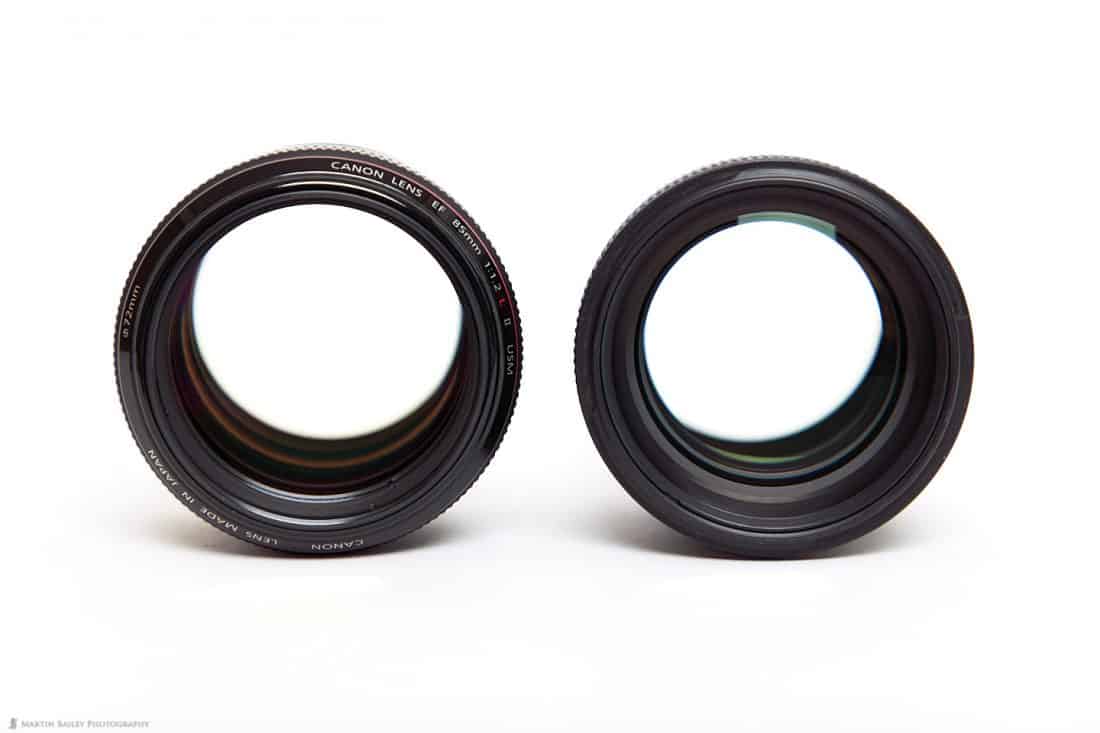


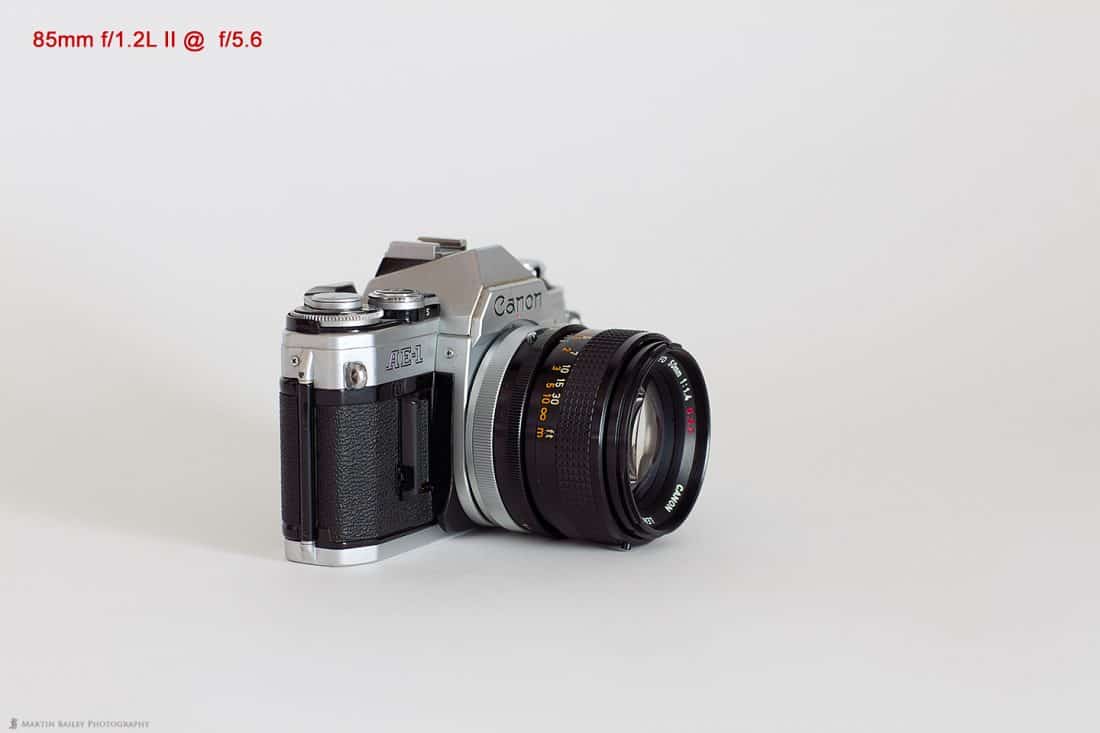
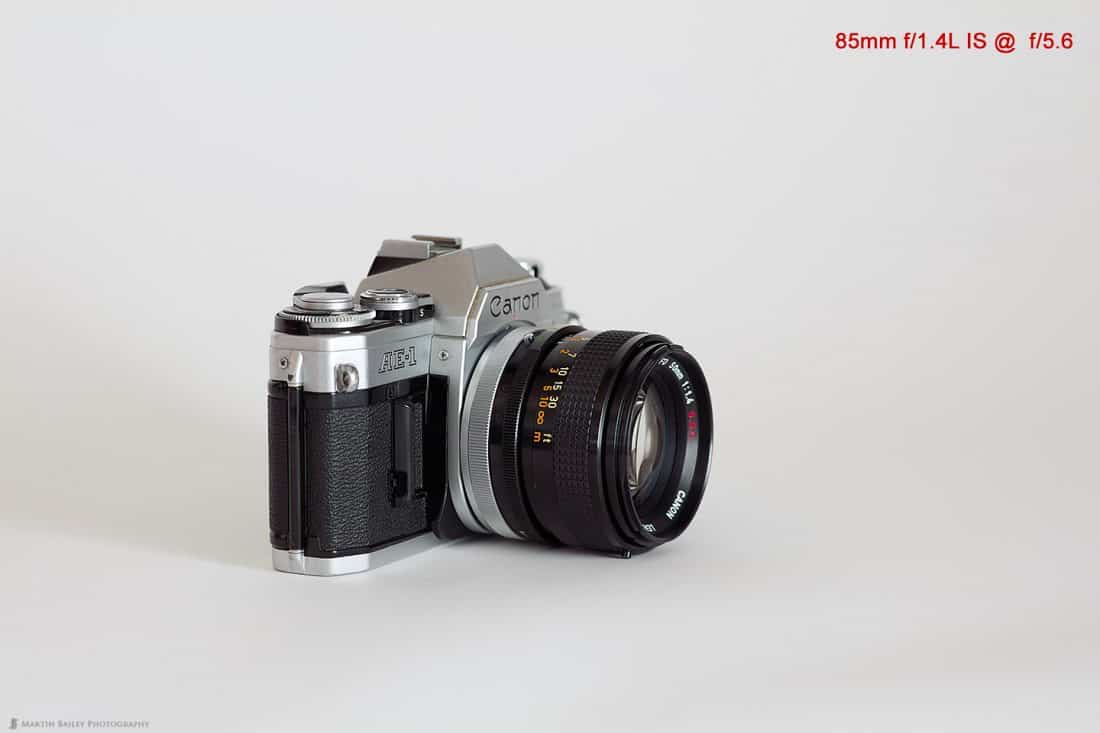
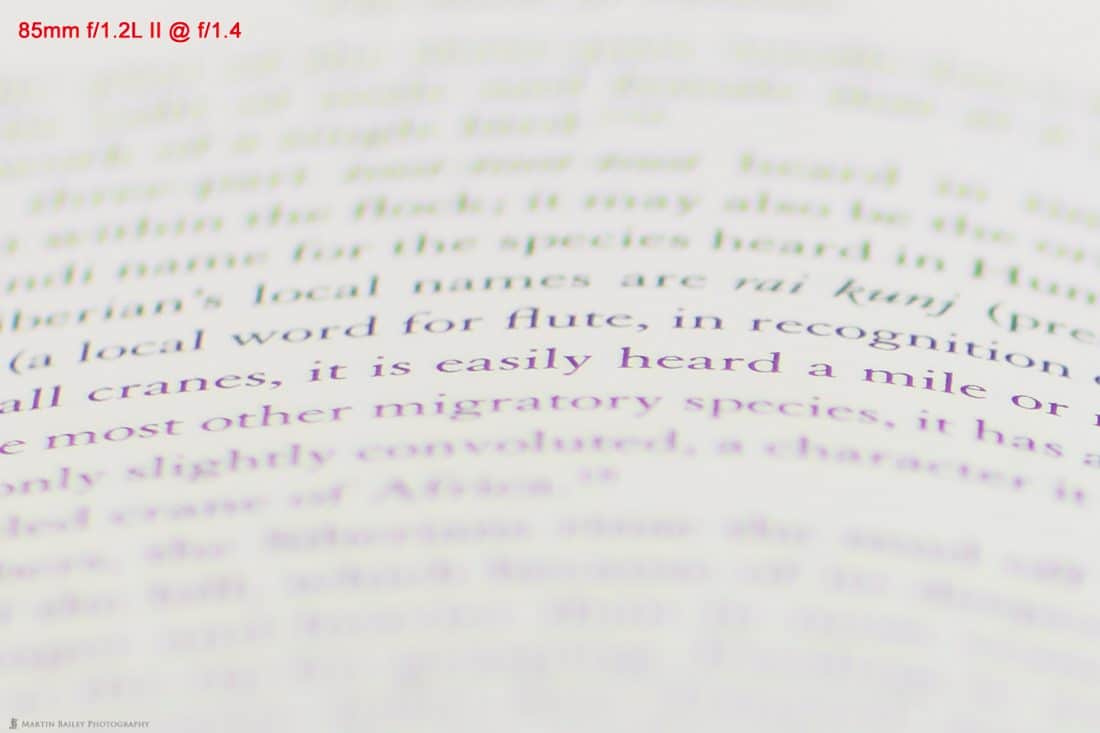

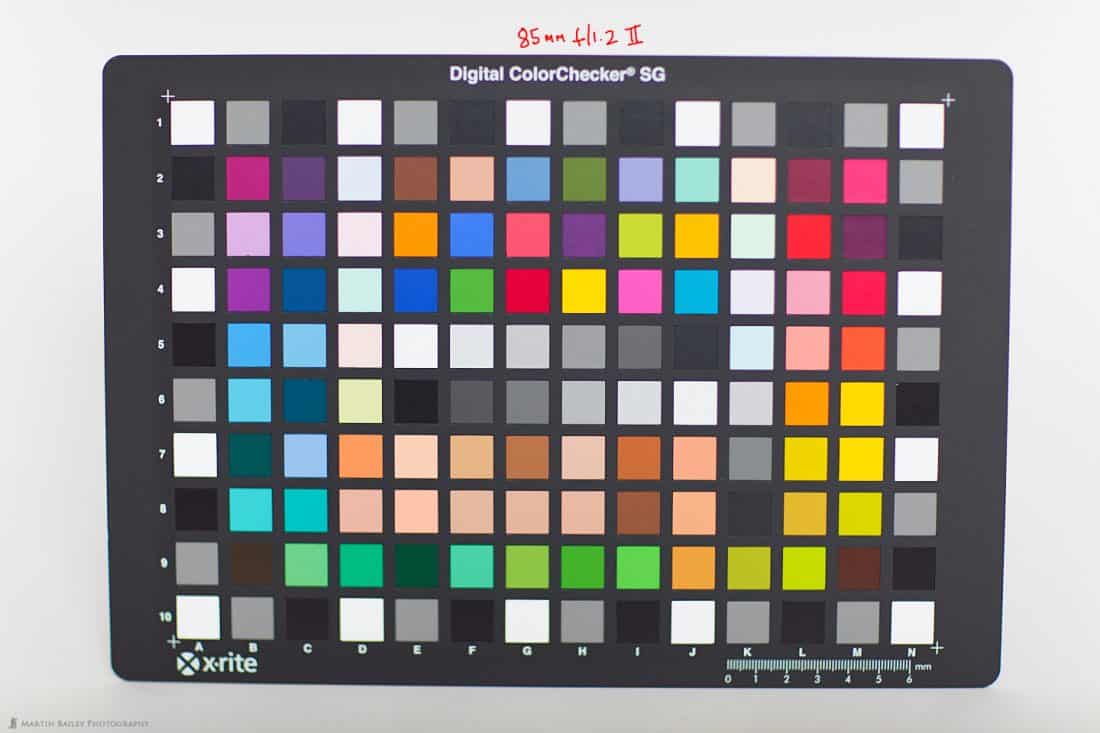
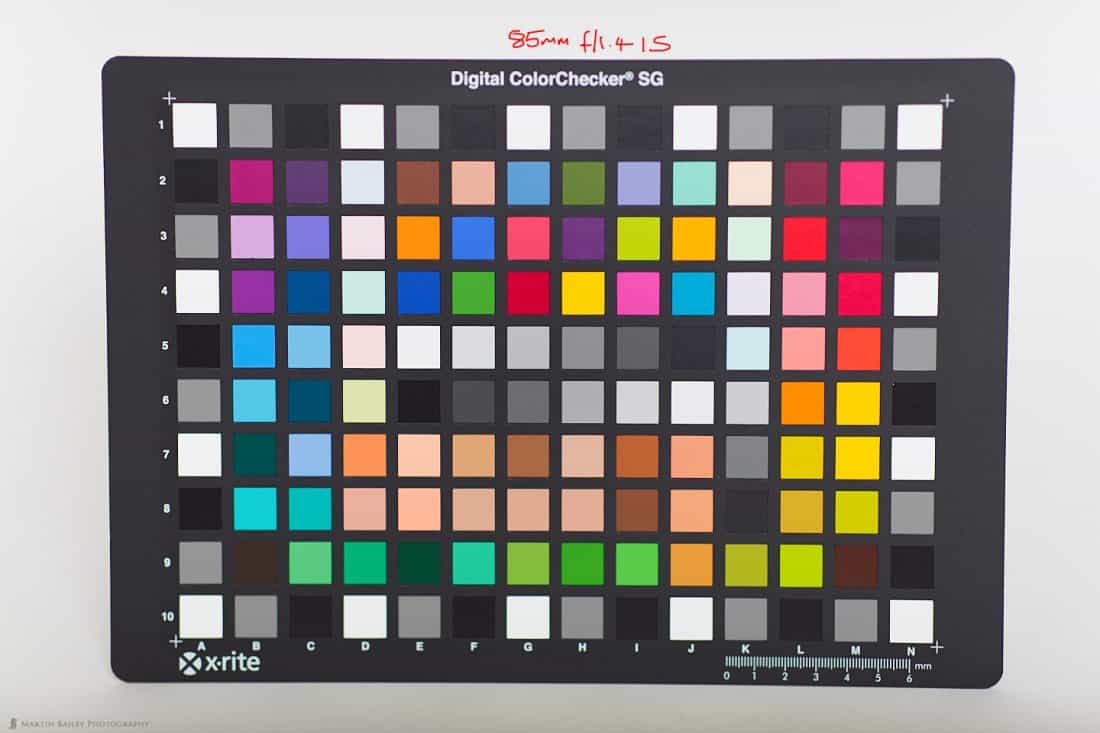
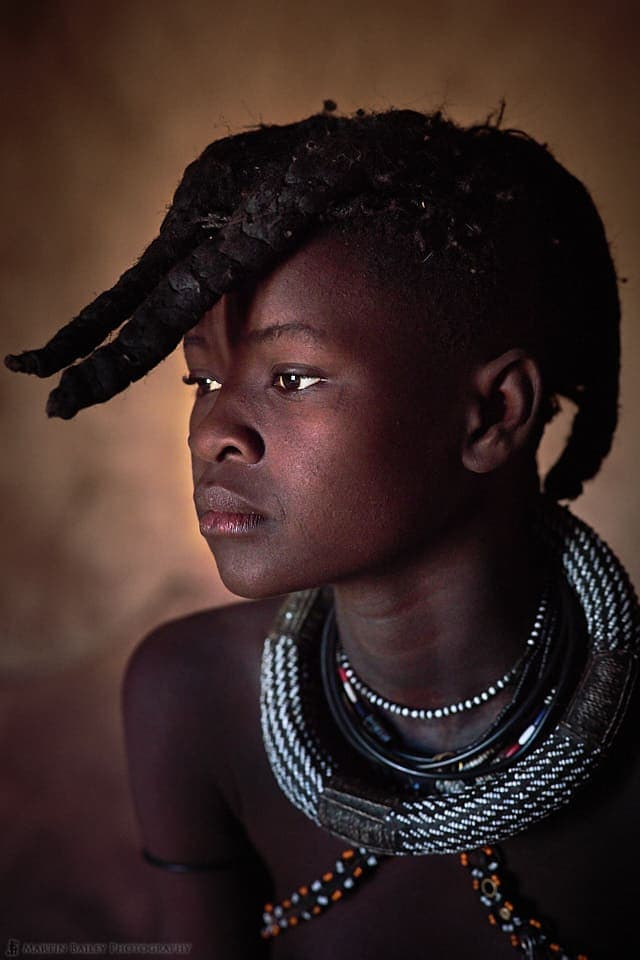

Thanks for the review. Looks like there a few people around that prefer the 1.2’s softer rendering for portraiture though.
Greg.
Hi Greg,
The difference between f/1.2 and f/1.4 is so small that in my opinion, the better image quality of the f/1.4 lens outweighs any benefits gained from that third of a stop wider aperture. I’d say that the main reason some people will continue to prefer the f/1.2 version is that it looks very impressive. That’s their choice of course, so it’s not for me to say what’s right or wrong. My job is to provide information for others to make up their own mind. 🙂
Regards,
Martin.
By accident I came here, I entered the 85mm canon in Google and here I am. Thank you for the interesting test but from my point of view the new 85mm did not impress me. There is a slight difference but I like to make portraits on F1.2 and have these soft photos, this effect adds charm, there is no difference but F1.2 it’s not F1.4. However, I will stay with my old Canon 85mm F1,2 L II, best regards